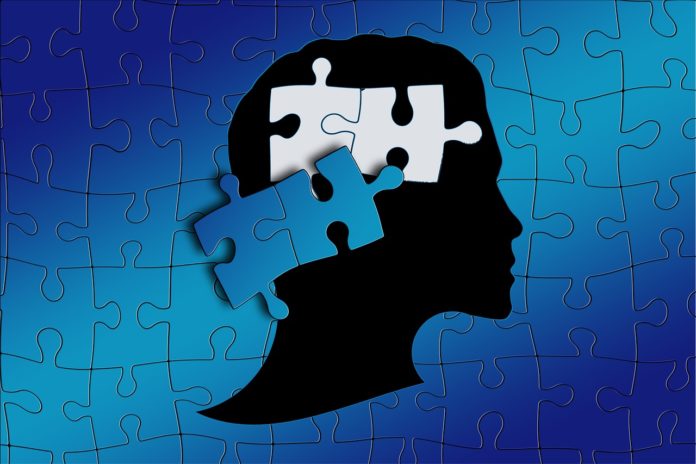12 years after Tare Zameen Par, understanding of dyslexia in India remains poor; it is a topic of jokes, not policy
Prime minister Narendra Modi’s recent comments about dyslexia during an interaction with students have stirred the political hornet’s nest. Despite the 2007 Aamir Khan production Taare Zameen par raising some pertinent questions about learning disability, dyslexia remains a poorly understood and often abused term in India.
What is dyslexia?
According to Mayo Clinic, “Dyslexia is a learning disorder that involves difficulty reading due to problems identifying speech sounds and learning how they relate to letters and words (decoding). Also called reading disability, dyslexia affects areas of the brain that process language. People with dyslexia have normal intelligence and usually have normal vision. Most children with dyslexia can succeed in school with tutoring or a specialized education program. Emotional support also plays an important role.”
Dyslexia is very often mistaken, especially in India for a child’s reluctance to learn or as deliberate negligence that needs to be punished. That often complicates matters.
What are the symptoms of dyslexia?
Presentation fo dyslexia varies with the age of the child. The earlier it is detected the better it is.
Before school
Signs that a young child may be at risk of dyslexia include:
- Late talking
- Learning new words slowly
- Problems forming words correctly, such as reversing sounds in words or confusing words that sound alike
- Problems remembering or naming letters, numbers and colors
- Difficulty learning nursery rhymes or playing rhyming games
School age
Once your child is in school, dyslexia signs and symptoms may become more apparent, including:
- Reading well below the expected level for age
- Problems processing and understanding what he or she hears
- Difficulty finding the right word or forming answers to questions
- Problems remembering the sequence of things
- Difficulty seeing (and occasionally hearing) similarities and differences in letters and words
- Inability to sound out the pronunciation of an unfamiliar word
- Difficulty spelling
- Spending an unusually long time completing tasks that involve reading or writing
- Avoiding activities that involve reading
Teens and adults
Dyslexia signs in teens and adults are similar to those in children. Some common dyslexia signs and symptoms in teens and adults include:
- Difficulty reading, including reading aloud
- Slow and labor-intensive reading and writing
- Problems spelling
- Avoiding activities that involve reading
- Mispronouncing names or words, or problems retrieving words
- Trouble understanding jokes or expressions that have a meaning not easily understood from the specific words (idioms), such as “piece of cake” meaning “easy”
- Spending an unusually long time completing tasks that involve reading or writing
- Difficulty summarizing a story
- Trouble learning a foreign language
- Difficulty memorizing
- Difficulty doing math problems
How is dyslexia treated?
There are no specific medications for dyslexia. Dyslexic people have to live with it all their lives but that does not mean it creates hurdles in their normal life. Many famous people – some of them considered the greatest geniuses of our times including Albert Einstein and Pablo Picasso were thought to be dyslexic. There are educational techniques to teach dyslexic children.


